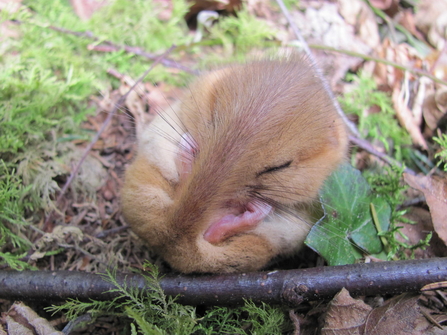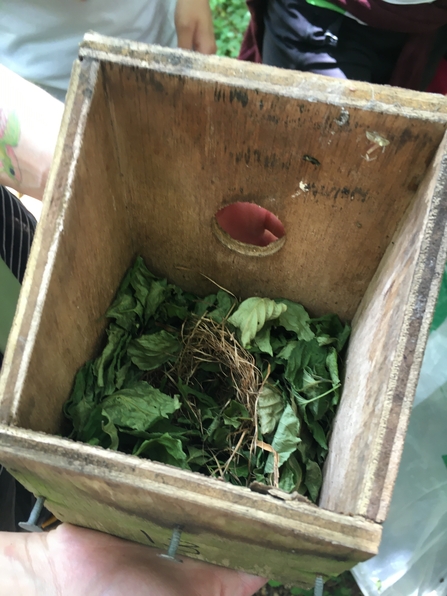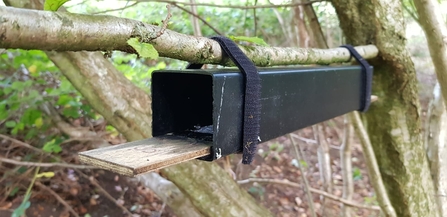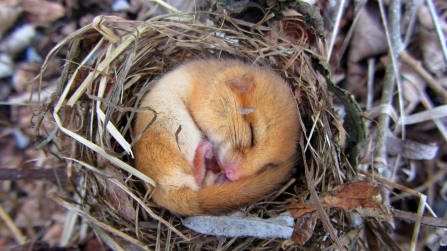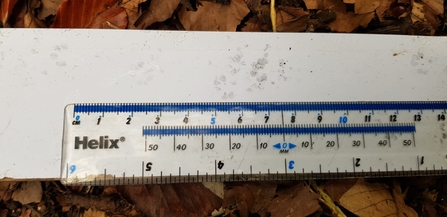You may be surprised to know that the number of hazel dormice (Muscardinus avellanarius) has declined by half since 2000 across many areas of Britain. The damage to, or complete loss of, woodland and hedgerows and the decline of coppicing are all responsible for a reduction in their population.
In addition, hazel dormice are being badly affected by unusual and extreme weather linked to climate change; warming winters are disrupting hibernation patterns resulting in them waking up when there is little food available.
Unfortunately, this trend has been observed across the BBOWT region, with woodlands once containing good populations of dormice having been reduced to much smaller numbers.
As a life-long small mammal fan, I was very excited to be able to attend a hazel dormouse ecology and surveying course, as part of my BBOWT ecology traineeship. During the course we undertook dormouse nest box checks under the guidance of a dormouse licence holder.
It was to my absolute delight that during the checks we found dormouse nests in several boxes and even a sleepy dormouse in one! This gave me great hope that when undertaking dormouse checks as part of my BBOWT ecology traineeship we might find some evidence of hazel dormice – it would prove not to be as easy as that!


